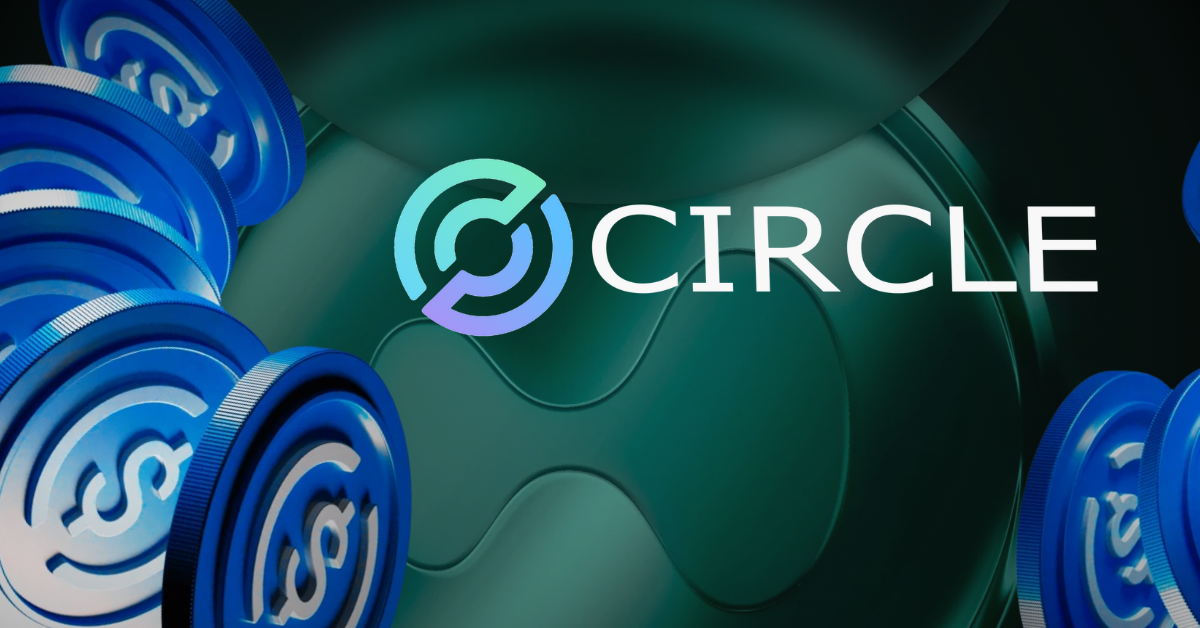Key Takeaways
- Circle has launched a native version of its USDC stablecoin on the decentralized derivatives platform Hyperliquid, a move that makes the stablecoin issuer a “direct stakeholder” via an investment in the platform’s HYPE token.
- This native integration and the introduction of Circle’s upgraded Cross-Chain Transfer Protocol (CCTP v2) will lower the barrier for users to transfer USDC across a dozen supported networks.
- The move highlights Circle’s strategy to dominate the stablecoin market by embedding itself directly into major decentralized finance (DeFi) ecosystems.
Stablecoin issuer Circle has launched a native version of its USDC token on Hyperliquid, the largest decentralized derivatives trading platform.
This integration is far more than a simple listing; it makes Circle a “direct stakeholder” in the platform through its first-ever investment in Hyperliquid’s native HYPE token.
The Power of a Native Stablecoin
On a blockchain, a native stablecoin is one that is directly issued on that network, as opposed to a “bridged” token, which is a wrapped version of an asset from another chain. Native integration is crucial for a major derivatives platform like Hyperliquid.
It enhances liquidity and security by removing the risks associated with cross-chain bridges, which have historically been a major point of failure in the crypto space. This direct integration ensures that users have access to a reliable, secure form of capital on the platform.
The integration also comes with the introduction of Circle’s Cross-Chain Transfer Protocol (CCTP v2). This protocol allows USDC to be securely burned on one chain and minted on another, enabling seamless cross-chain swaps.
This feature is a game-changer for Hyperliquid’s users, who can now move their capital efficiently and cost-effectively from over a dozen different networks to trade on the platform.
Securing a Foothold in DeFi
Circle’s decision to become a direct stakeholder in Hyperliquid is a bold move that shows the company’s commitment to the DeFi space. The investment, which also comes with a comprehensive program to work with developers and offer incentives for USDC usage, positions Circle not just as a provider but as a core participant in the Hyperliquid ecosystem.
The company is even considering becoming a validator on the network. This strategic alignment is a key differentiator in the increasingly competitive stablecoin market, where rivals are fighting for market share.
While Hyperliquid has a USDH stablecoin, it has confirmed that it will continue to support other stablecoins like USDC as long as they meet certain criteria, including a significant stake in HYPE tokens.
Final Thoughts
The integration of native USDC on Hyperliquid is a win for both companies. For Hyperliquid, it brings enhanced security and liquidity. For Circle, it’s a strategic maneuver to cement its dominance in the stablecoin sector.
Frequently Asked Questions
What is the difference between a “native” and a “bridged” stablecoin?
A native stablecoin is issued directly on a blockchain, while a bridged token is a wrapped version of an asset from another chain, which can create additional security risks.
What is the purpose of Circle’s Cross-Chain Transfer Protocol (CCTP)?
CCTP is a protocol that allows a stablecoin to be securely burned on one blockchain and reminted on another, enabling seamless and trustless asset transfers between networks.
What does it mean for Circle to be a “direct stakeholder” in Hyperliquid?
This means Circle has invested in Hyperliquid’s native HYPE token and has a vested interest in the platform’s success. It signals a deep, long-term commitment beyond a simple business partnership.






